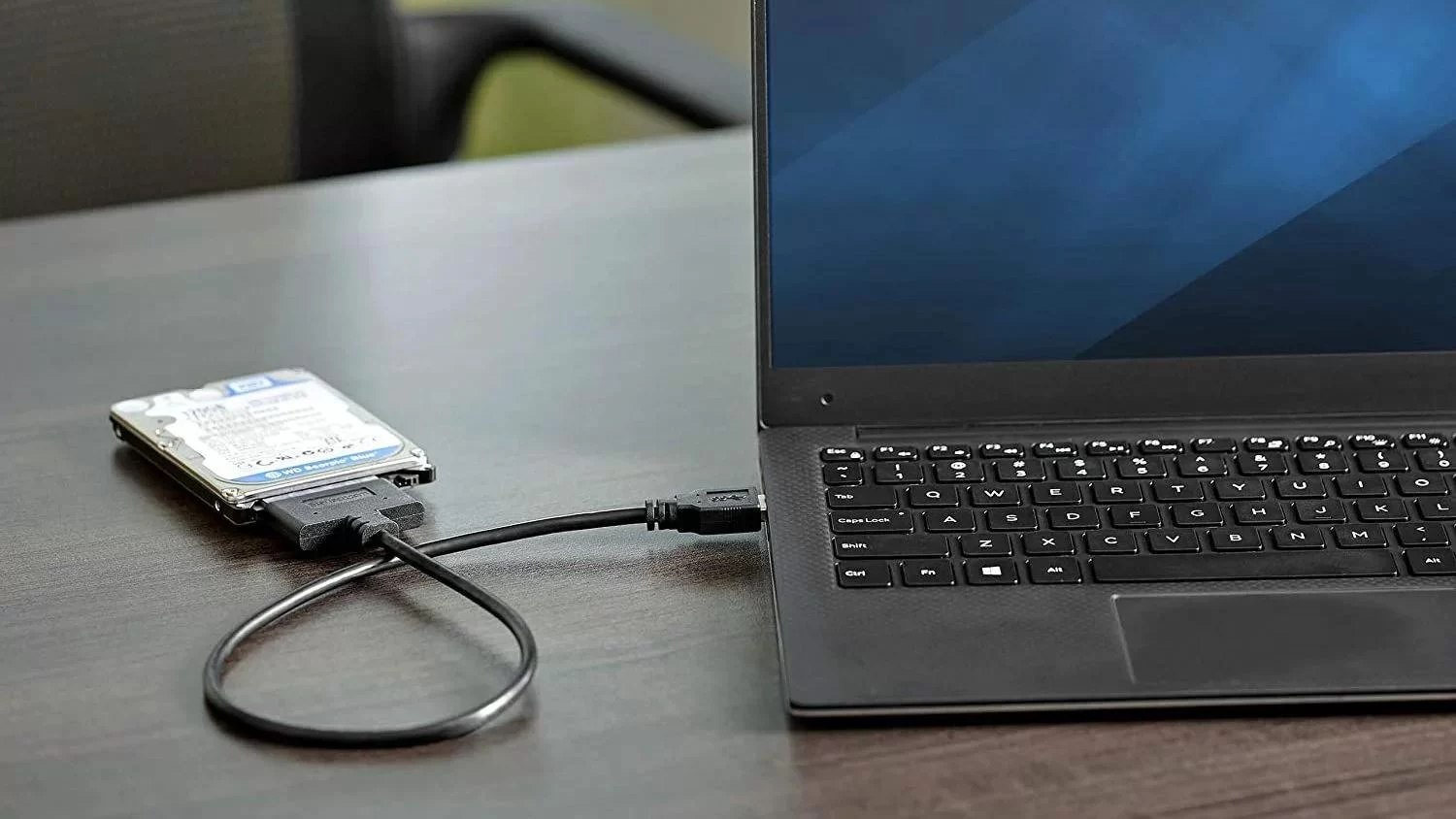What to Do When Your Computer Refuses to Boot from USB
- 1. Understanding the Problem: Why is Your Computer Not Booting from USB?
- 2. Diagnosing the Issue: Step-by-Step Guide to Troubleshooting
- 3. Fixing the USB Boot Error: Common Solutions
- 4. Advanced Tips for Successfully Booting from USB
- 5. How Ninja Stik Can Help with USB Booting Problems
1. Understanding the Problem: Why is Your Computer Not Booting from USB?
If you've ever tried to boot your computer from a USB drive and faced a stubborn refusal, you're not alone. Many users experience this frustrating issue. The cause of this problem can range from incorrect BIOS settings to faulty USB devices. To help you solve the problem, we will walk you through the common reasons why your computer might refuse to boot from USB and how to fix it effectively.
2. Diagnosing the Issue: Step-by-Step Guide to Troubleshooting
The first step in solving the problem is diagnosing it correctly. Start by checking the following:
- Ensure that your USB device is bootable (check for correct OS installation files).
- Confirm the USB port is working properly by testing it with other devices.
- Examine BIOS settings to ensure that USB boot is enabled.
If all of these seem fine and you're still facing issues, the problem may lie deeper within your system’s boot configuration or even hardware. In such cases, don't worry—there are practical steps you can take to resolve the issue.
3. Fixing the USB Boot Error: Common Solutions
Now that you've identified the issue, it’s time to fix it. Here are a few common solutions that could help you resolve the USB booting issue:
- Update Your BIOS: Outdated BIOS versions can sometimes fail to recognize USB boot devices. Go to your motherboard manufacturer’s website to download the latest BIOS update.
- Change Boot Order: Ensure that your BIOS is set to prioritize booting from USB over other devices like the hard drive or optical drive.
- Check USB Format: The format of the USB device might be incompatible with your system’s boot loader. Consider reformatting your USB using FAT32 or NTFS before trying again.
These simple solutions can often resolve USB booting problems, but if the issue persists, don’t worry—we’ll explore some more advanced tips next.
4. Advanced Tips for Successfully Booting from USB
If you're still having trouble booting from USB, here are some advanced troubleshooting tips that can make all the difference:
- Enable Legacy Boot Mode: Some older systems might require you to enable Legacy Boot Mode in the BIOS. This option ensures your computer is compatible with older boot devices.
- Create a New Bootable USB Drive: Sometimes, the bootable USB drive itself may have been created incorrectly. Use reliable tools like Rufus or the Windows Media Creation Tool to recreate the USB installer.
- Disable Secure Boot: Secure Boot is a security feature that can prevent booting from unauthorized devices. Try disabling it temporarily to allow booting from your USB.
By applying these advanced strategies, you'll have a higher chance of resolving boot issues that seem stubborn at first.
5. How Ninja Stik Can Help with USB Booting Problems
If you're still struggling with booting from USB, consider using Ninja Stik. Ninja Stik is a powerful tool designed to help resolve common USB booting issues. Whether you're trying to reinstall your operating system or run diagnostics, Ninja Stik can help ensure that your USB device is configured correctly for booting.
Ready to take your troubleshooting to the next level? Click here to explore Ninja Stik and find out how it can streamline your USB booting experience.






























